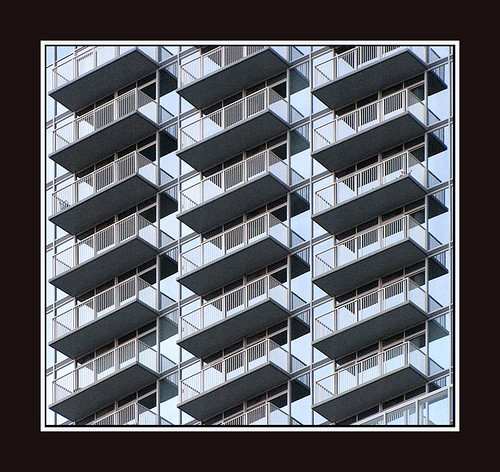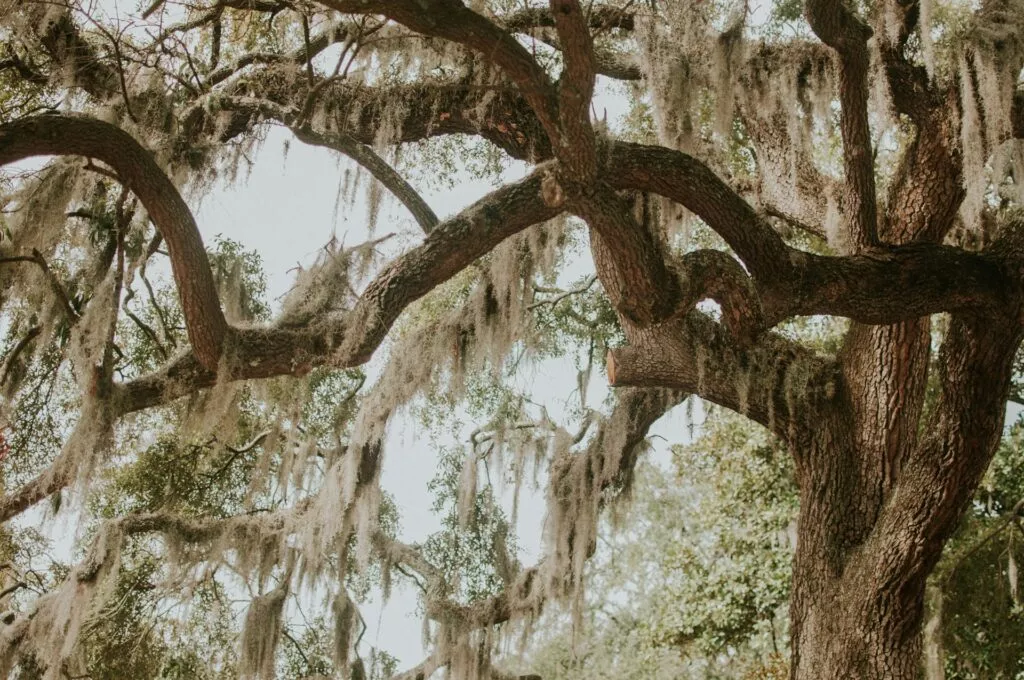Patterns are a simple yet powerful way to add unparalleled visual impact to a photograph. You can find patterns in the natural world, you can find patterns constructed by human hands — you might have even made a pattern of your own at one time. No matter their origin, it’s safe to say that utilizing pattern as a compositional technique can sometimes be the difference between an image that fails to hold a viewer’s attention, and one that fills the viewer with delight.
Why Patterns?
Because patterns are undemanding and they are everywhere.
Pattern is all about repetition; repetition of shape, of color, of kind. They are indeterminate in the sense that virtually anything can represent a pattern. While the ability to identify a pattern is arguably innate and universal, exactly what qualifies a pattern as “good” or “bad”, effective or useless is entirely subjective.
Training yourself to actively search out patterns will help further refine your photographic vision and increase your awareness of the interrelatedness of color, shape, light, and shadow. Essentially, developing an appreciation for something as simple as the concept of pattern can have implications for broad scope of what you do creatively.
Plus, it won’t cost you any money to study patterns; you won’t need any new equipment. All you need is time and the motivation to expand your skills in as many ways as possible.
Discovering Patterns
Any attempt to present a substantial list of places to find patterns would be a monumental waste of time, as patterns exist quite literally all around us. This fact just makes the admonition to always have a camera with you all the more prudent; you never know where you might encounter a pattern that speaks to your photographic sensibilities.
Less important than where you find patterns is the ability to recognize them and determine how best to capture them.
Regular patterns, for instance, will typically consist of colors, shapes, and lines that repeat in a precise, exacting fashion. When you encounter such patters, try filling the frame with them to emphasize the strong, consistent geometric formation inherent to the scene.
Irregular patterns, on the other hand, buck the trend of regularity; they brashly sidestep the convention of straight lines, yet still find a place within the realm of patterns. Irregular patterns are easily found in nature, but photographing them is not always as straightforward as is the case with regular patterns. You may have to linger a bit longer on a scene or vary your angle more than you normally would, but the subtlety sometimes associated with irregular patterns can provide a greater range of creative flexibility.
Once you’ve grown comfortable with finding and shooting patterns of all sorts, take things a step further by breaking those patterns up. Find a pattern and then locate something within that pattern that is obviously different in some way, yet still fits within the framework of the overall pattern.
When it comes to patterns, the possibilities are endless. The images below will help drive the point home and, perhaps, inspire you to make patterns a regular part of your compositions.


























3 Comments
These are some awesome examples of pattern in photography. Thanks.
I normally ask my students to try to identify the attributes of the patterns, such as: are they repetitive, symmetrical, alternating, contrasting? And sometimes they could be a combination of attributes e.g. alternating & contrasting at the same time. Then I challenge them to identify patterns in nature. Waves in the beach are a good example. They consist of repetitive, harmonic patterns.
I suppose beauty is in the eye of the beholder.
I like the Wide Web, Aloe and the Chinese Lanterns but most of the other pictures just upset my eyes.